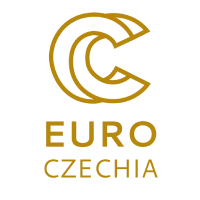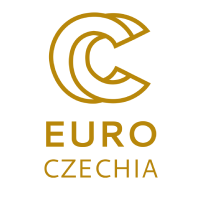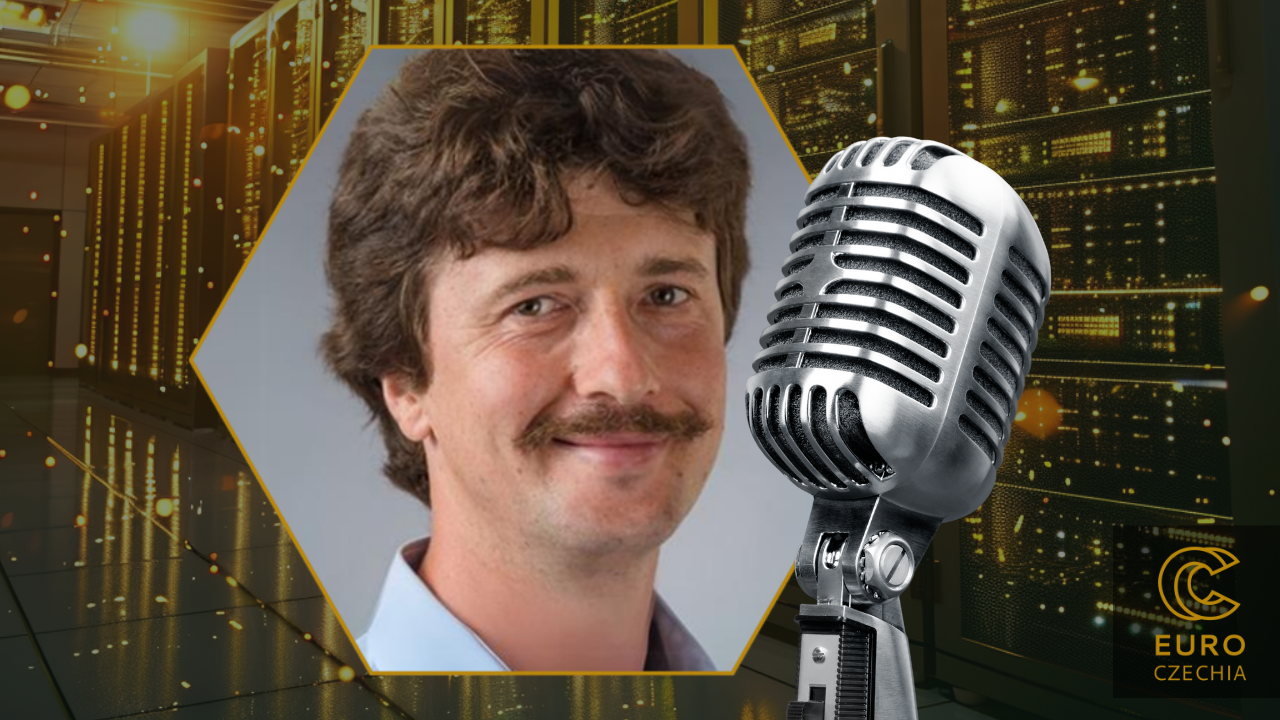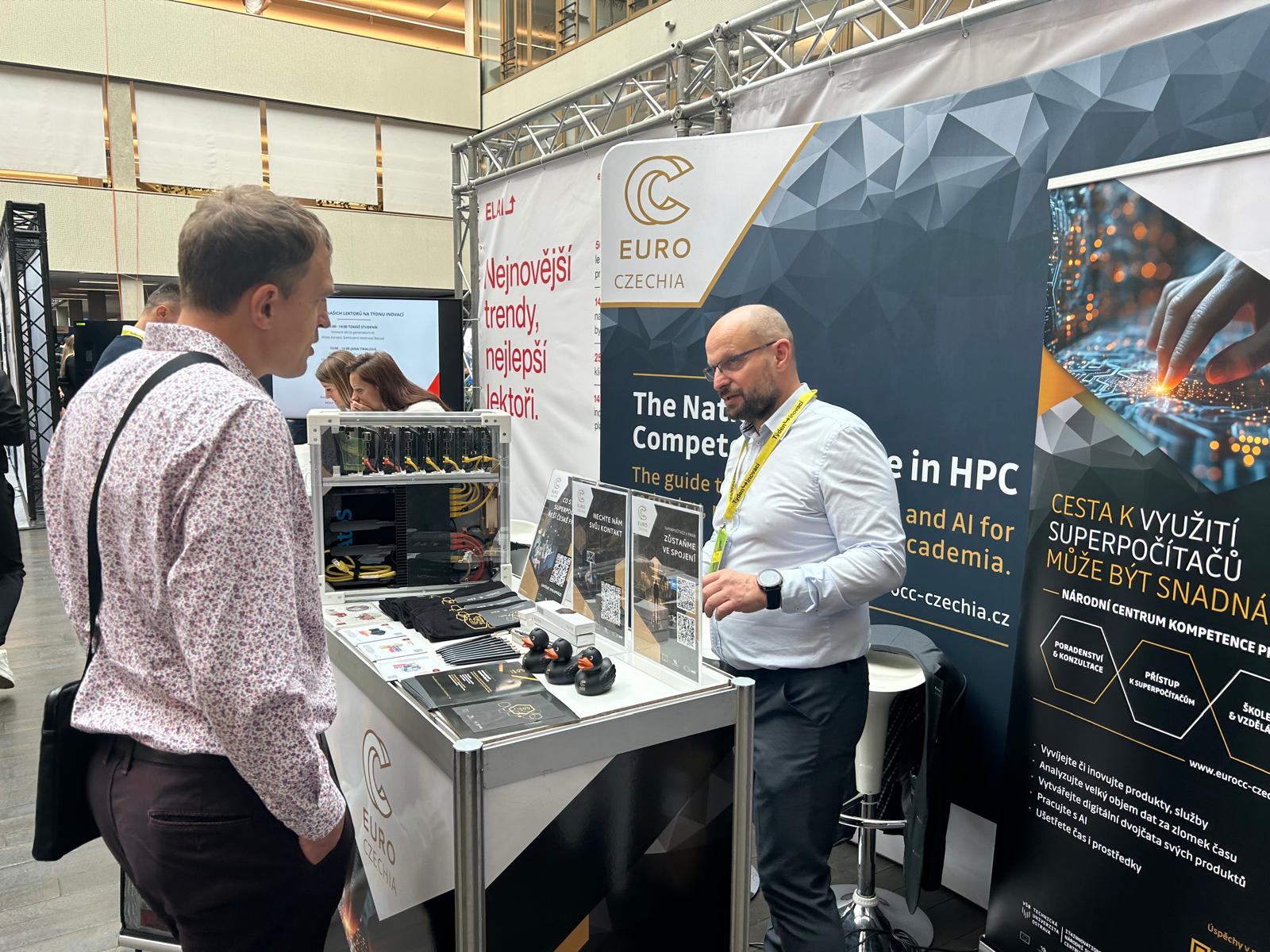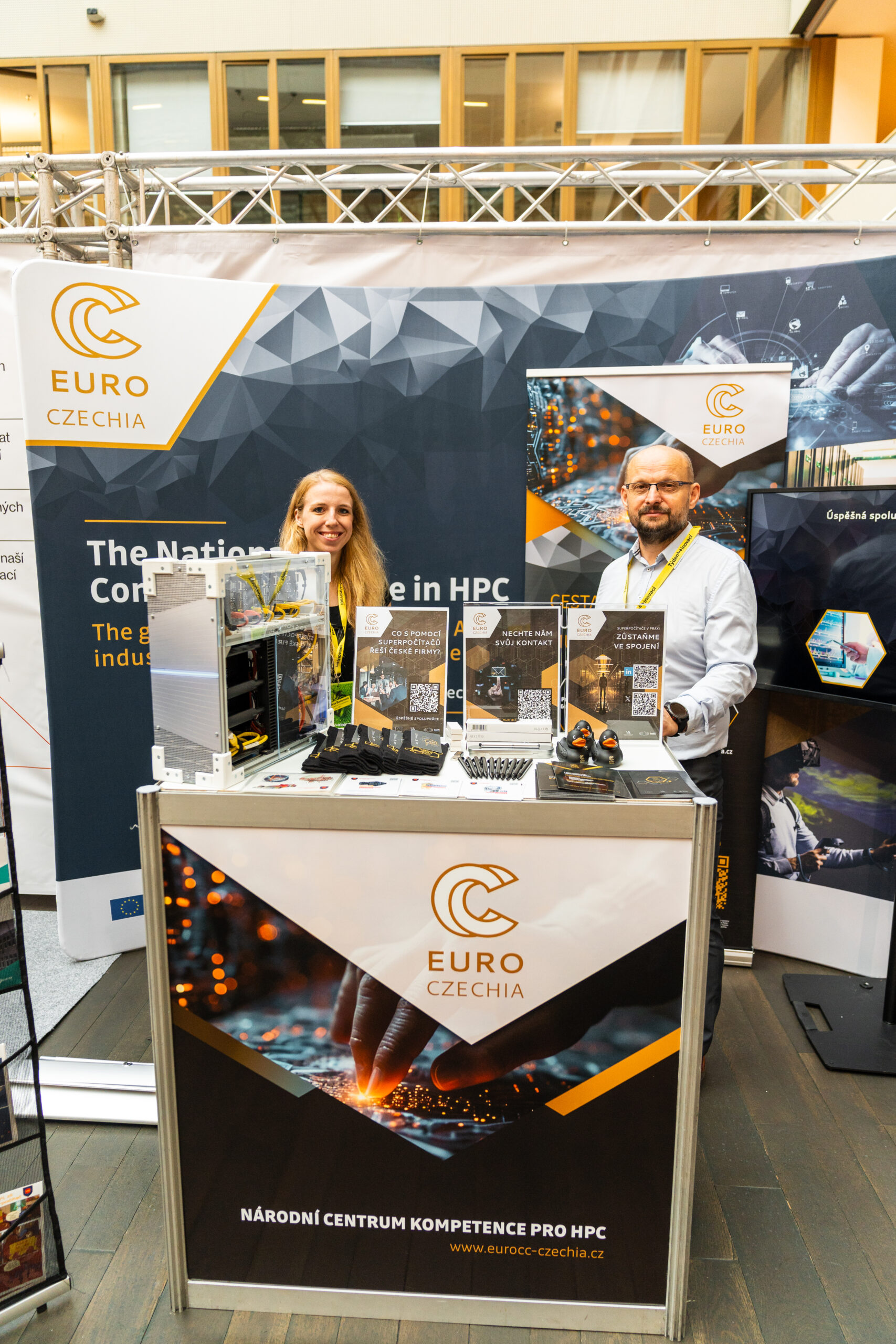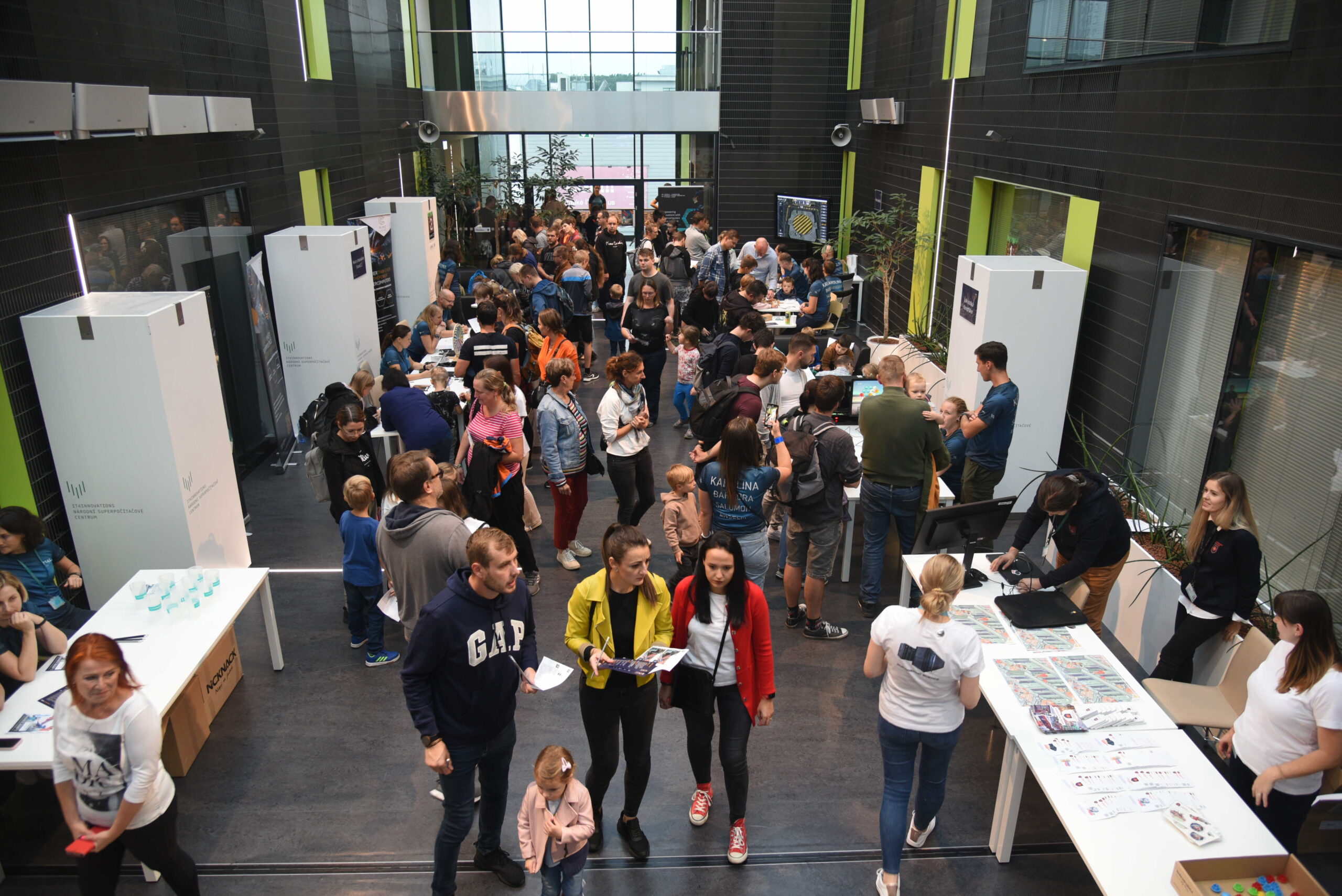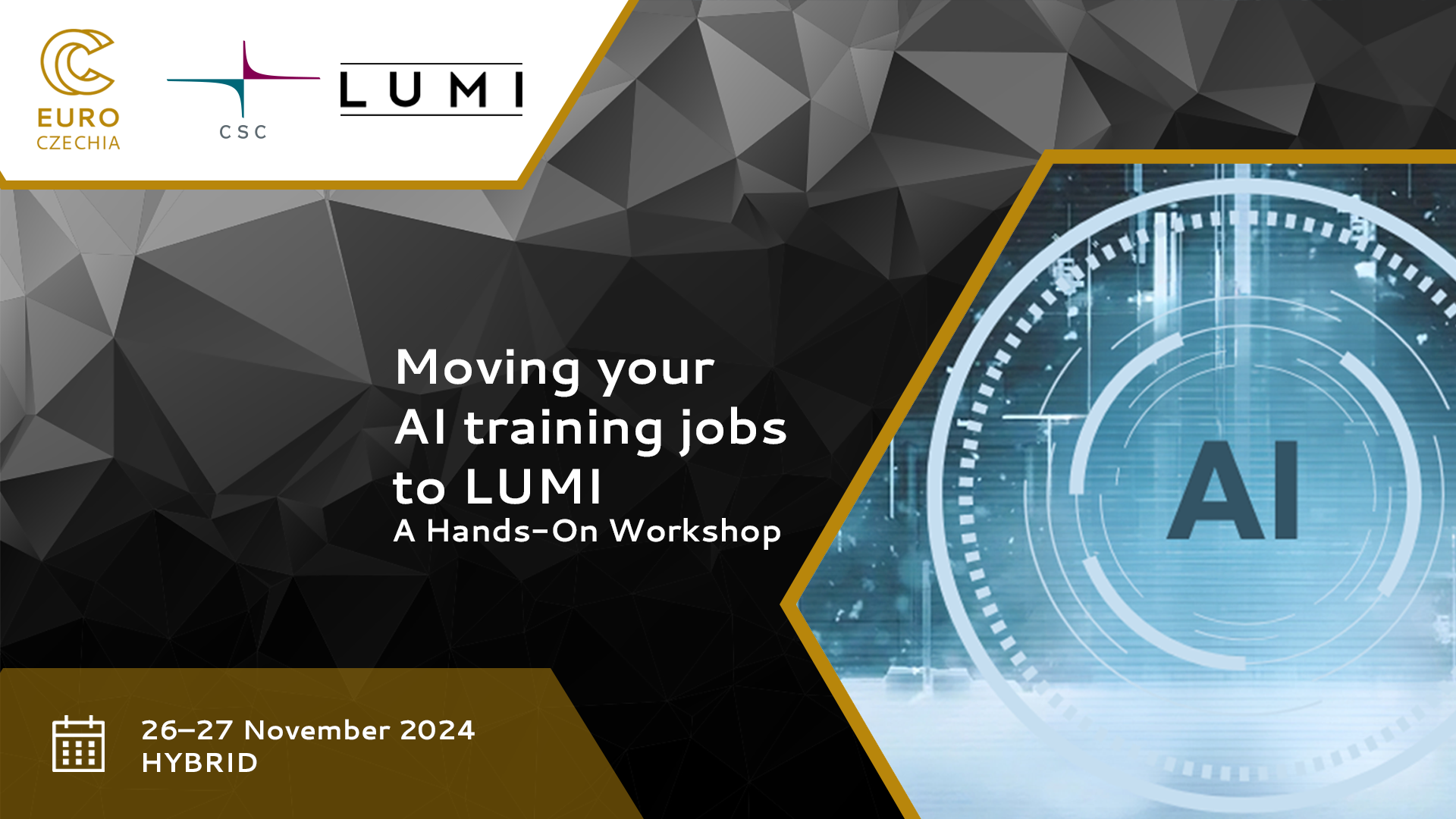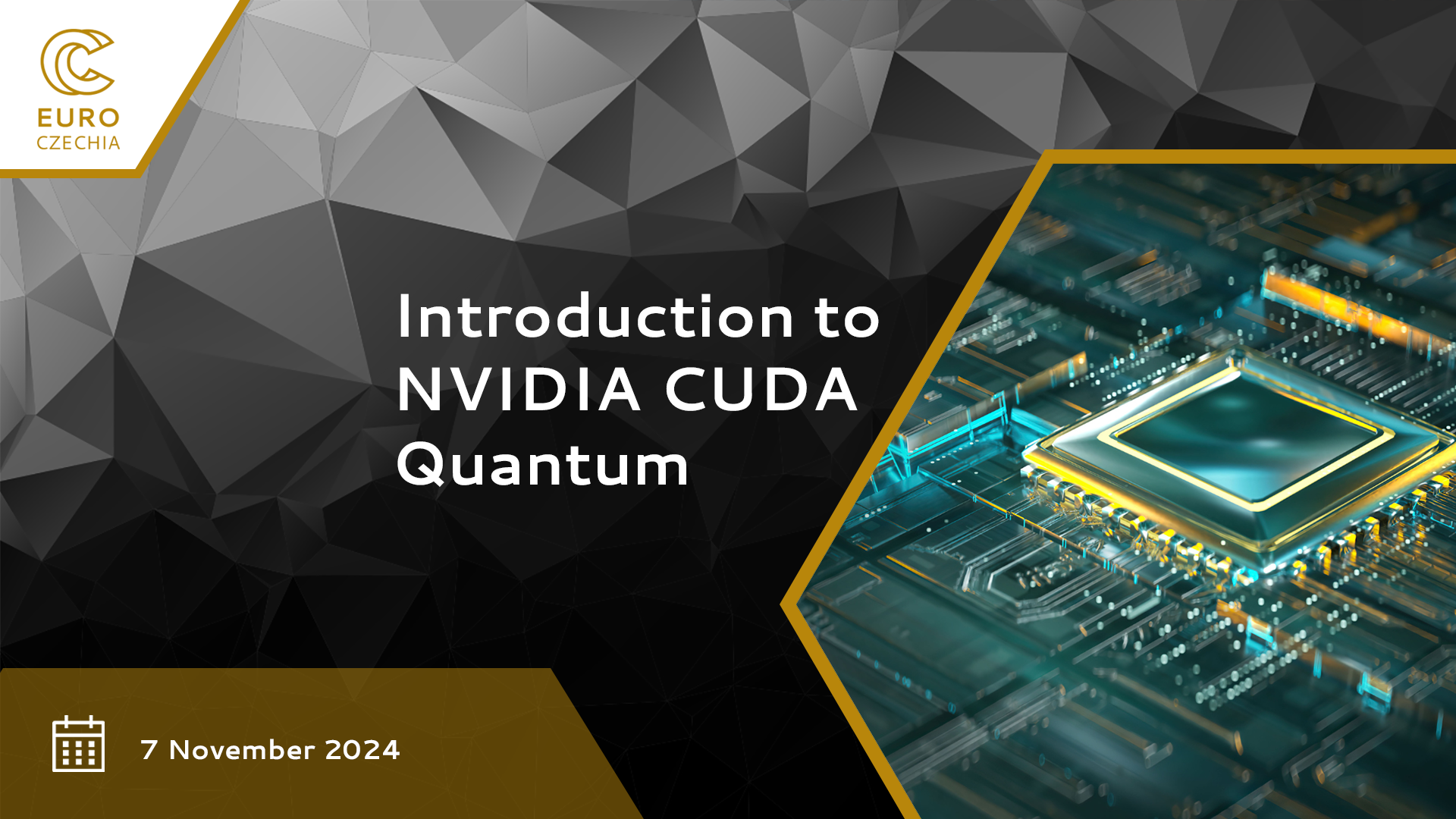Roman Iakymchuk, the co-principal investigator of the Center of Excellence* in Exascale CFD (CEEC), leads the work package on Exascale Algorithms. We spoke with him about the mission of CEEC, their pioneering efforts in exascale supercomputing, and the ambitious “lighthouse” use cases that aim to demonstrate the transformative potential of exascale computing for key computational fluid dynamics (CFD) applications. Discover how CEEC is working to bring European supercomputing codes to an exascale-ready state, solve complex problems in gas and liquid flows, and share invaluable insights with the broader community.
Could you tell me more about the main mission of CEEC?
The mission of CEEC consists of 3 aspects.
Our main focus is to bring European supercomputing codes to the form suitable for exascale computing power, which is more than a quintillion (1018) calculations each second.
Some simulation codes can be partly solved with pre-exascale supercomputers but need the exascale power to be solved completely. We want to help solve more challenging problems connected to the topics of gases and liquid flows by the development of new efficient exascale codes. With the advantage of supercomputers and efficient numerical algorithms, complex systems like these flows can be simulated with increasing realism.
CEEC’s ambition is to enable the use of exascale computers for key computational fluid dynamics (CFD) applications and demonstrate their capabilities through key lighthouse cases.
The last but not least aspect of CoE CEEC’s mission is to communicate our lessons learned to the community. Our experts share their expertise and experience with the code developers for example and support them with knowing how to transform codes to exascale form.
How do you see the use of exascale, and do you have a use case for exascale?
Our CoE CEEC has 6 lighthouse cases which are the use cases demonstrating the ambition to enable the use of exascale computers for key computational fluid dynamics (CFD) applications. Lighthouse topics include, for example, atmospheric simulations, static mixers topology optimisation, aeroelastic simulations of the wing, localisation of the erosion of an offshore wind turbine, and more. Find the details on our website ceec-coe.eu
It was a pleasure speaking with you. Thank you for your time. The interview was conducted during the High Performance Computing in Science and Engineering – HPCSE 2024 conference organised by IT4Innovations National Supercomputing Center and supported by the National Competence Centre in HPC (NCC) as the main partner.
Co-principal investigator of the Center of Excellence for Exascale CFD (CEEC), Associate Professor (lecturer, docent) at Umeå University, Sweden
*There are ten Centres of Excellence launched by the European High Performance Computing (HPC) Joint Undertaking. The aim of the centre is to support research and Innovation actions that will develop and adapt HPC applications for the exascale and post-exascale supercomputing era. Exascale computing is a type of ultra-powerful supercomputing, with systems performing a quintillion 1018 calculations each second.
Follow us!
You will never miss new courses and updates.
